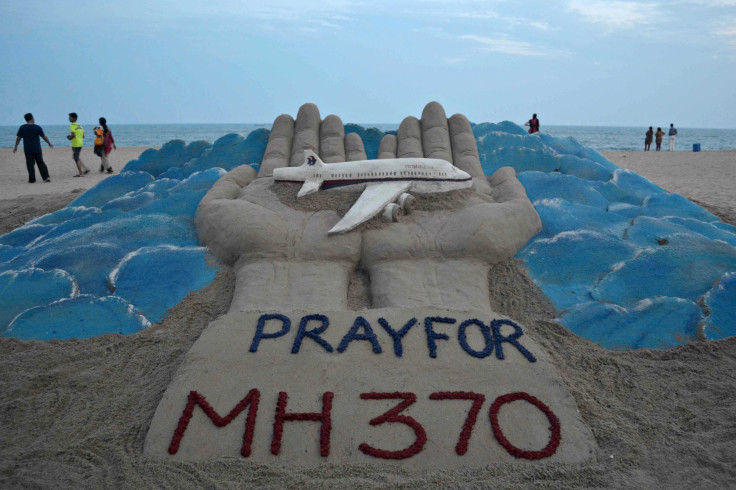Flight MH370 Update: Malaysia Airlines Plane Was ‘Deliberately Flown,’ Kiwi Expert Claims Ahead Of Disappearance Anniversary

Malaysia Airlines Flight MH370 was being “deliberately flown” before it went down in the southern Indian Ocean, a Kiwi oceanographer involved in the search for the Air France Flight 447 wreckage in 2011, reportedly said Sunday. Rob McCallum, who works for deep sea search and recovery specialists Williamson & Associates based in Seattle, made the comments just two days ahead of the second anniversary of Flight MH370’s disappearance.
McCallum urged the Australian Transport Safety Board (ATSB), which is leading the search for the missing plane, to release the data set of search operations for analysis by third parties, according to New Zealand’s Stuff news. He has previously criticized the failure to release data as unprecedented in a commercial aviation mystery. McCallum, who spoke from Indonesia, reportedly said he believed search crew may be doubling back to look at a "debris field" target which they previously thought were geological features on the ocean floor.
"I think there has been human intervention and it's been deliberately flown and would have disappeared [completely] without the [forensic satellite analysis],” McCallum said, "The important point is that this area has been searched before.
"When you say that area's searched again it means they are really searching, searching again for something they missed,” McCallum reportedly said. "In our industry people always ask us can you find this target? What we will do is give you a 100 per cent guarantee that where we've searched it's not there. The primary role is to be rigorous in your approach so you can write it off.”
In January, ATSB’s Chief Commissioner Martin Dolan told News Online, an Australian website, that crews are retracing their steps to be sure that they had not missed the plane, which is believed to be resting on the southern Indian Ocean floor. Dolan said that the difficult terrain of the ocean floor did not always allow search vessels to get a “good enough sonar image.”
“We’re taking another look because the areas where we haven’t been certain are large enough to contain an aircraft — which is why we’re going over them,” Dolan said, adding that “the sea floor is very rugged and complex.”

Last month, Dolan reportedly said that Australian authorities are likely to revive the theory that Flight MH370 was deliberately crashed if the plane is not found before search efforts are called off in June.
As of now, authorities reportedly believe that the plane was flying on autopilot as its pilots were either incapacitated or dead at the time of the crash. The plane may have later run out of fuel and crashed into the southern Indian Ocean, where the current search operations are underway. However, in a scenario that no wreckage from the missing Flight MH370 is found, authorities might have to consider that someone was in control of the plane.
A multimillion-dollar search for the Boeing 777-200 for nearly two years has yielded no concrete clues so far about what happened to the jet which disappeared on March 8, 2014, with 239 people on board while on its way from Kuala Lumpur to Beijing.
Four vessels are currently scouring an area of over 14,000 sq. miles of the southern Indian Ocean to locate the jet. An area of 32,818 sq. miles of the total 46,332 sq. mile designated search area has already been searched.

So far, the first and only piece of physical evidence to be recovered from the missing plane is a flaperon that washed ashore on France's Réunion Island in the Indian Ocean — about 2,300 miles away from the current search area — in July 2015.
However, investigators are currently looking into debris found last weekend in the southeast African nation of Mozambique, believed to be from a Boeing 777 plane, the same type as Flight MH370. But authorities are yet to confirm the 3.3-foot piece of metal’s links to the missing jet.
© Copyright IBTimes 2024. All rights reserved.





















